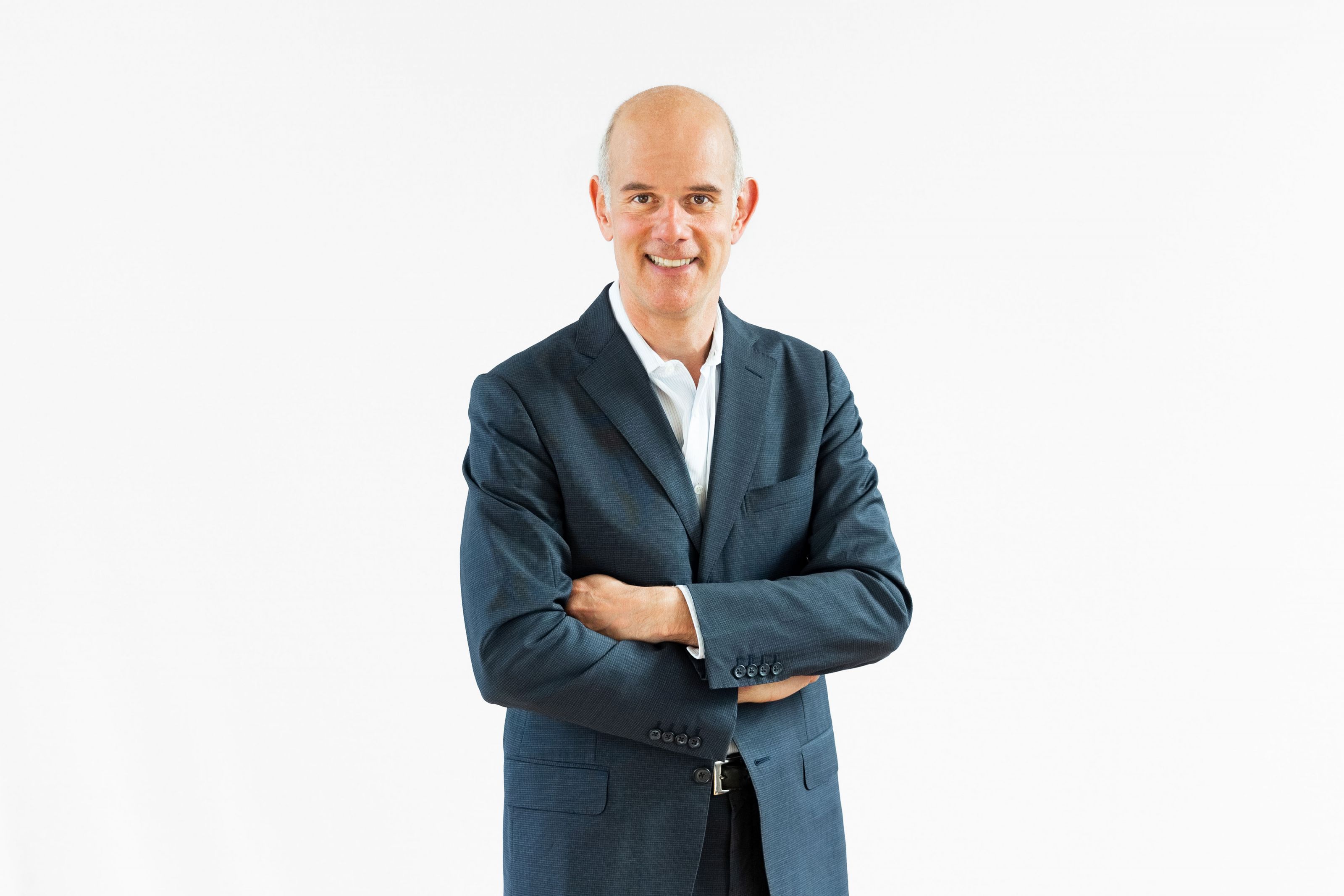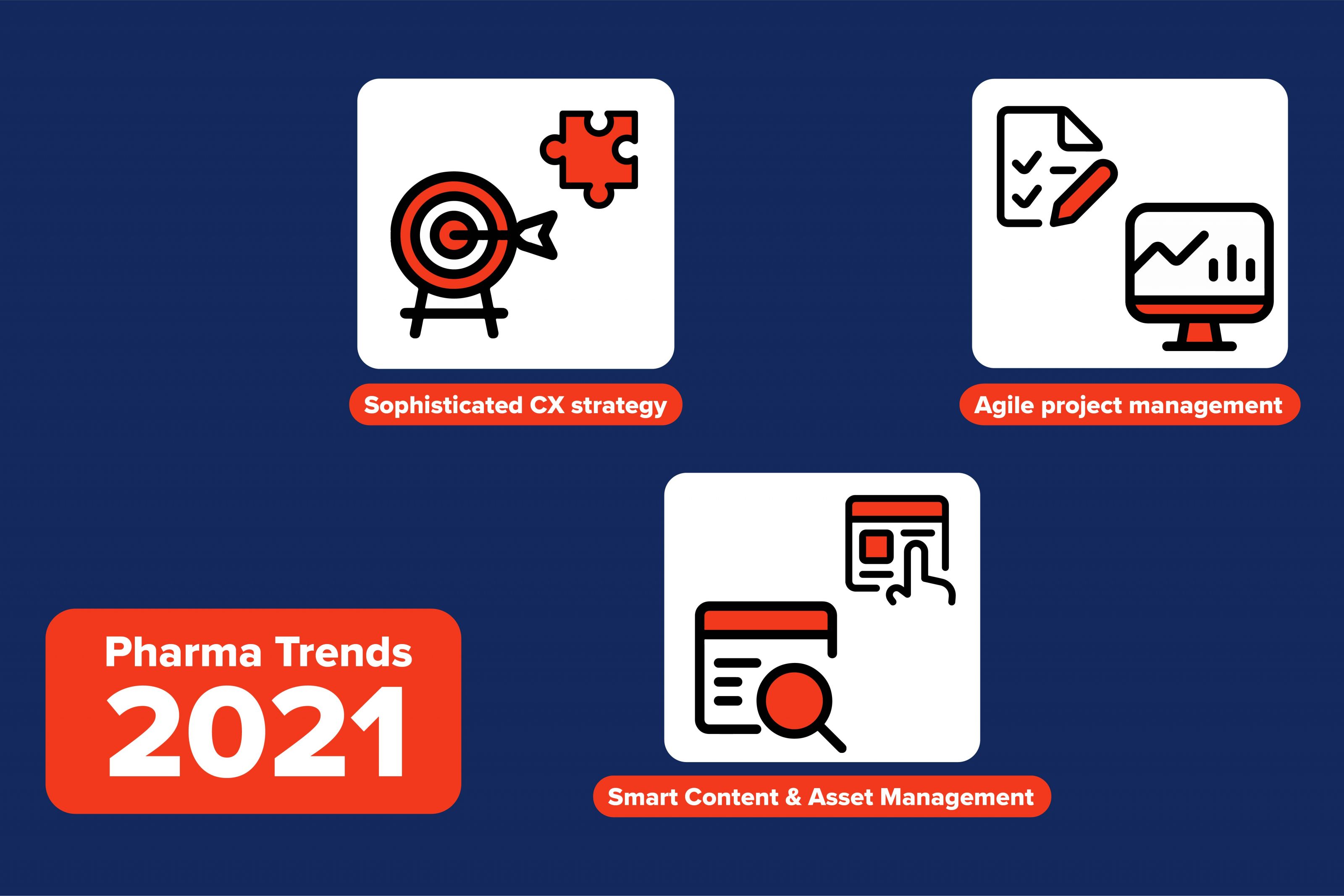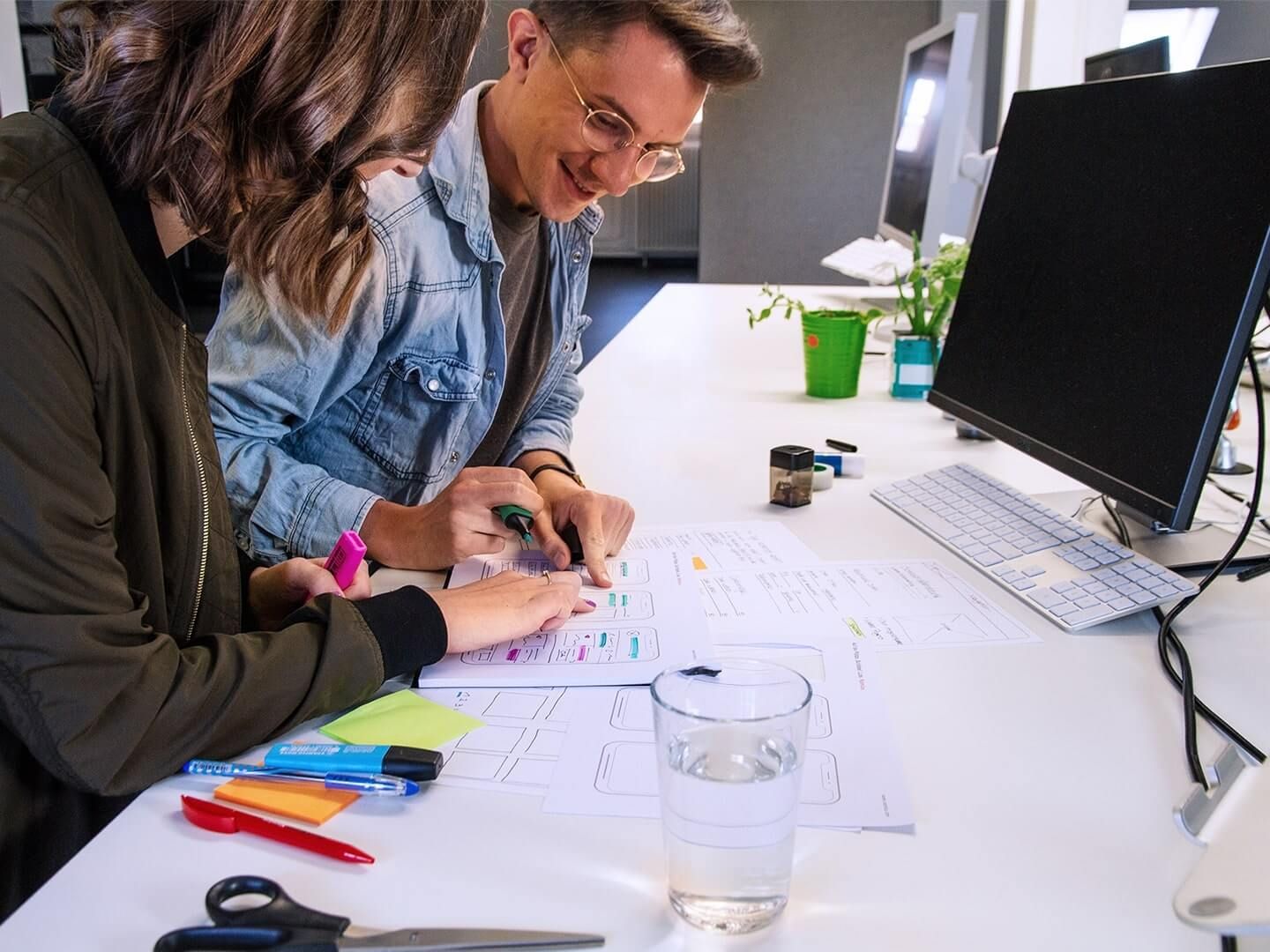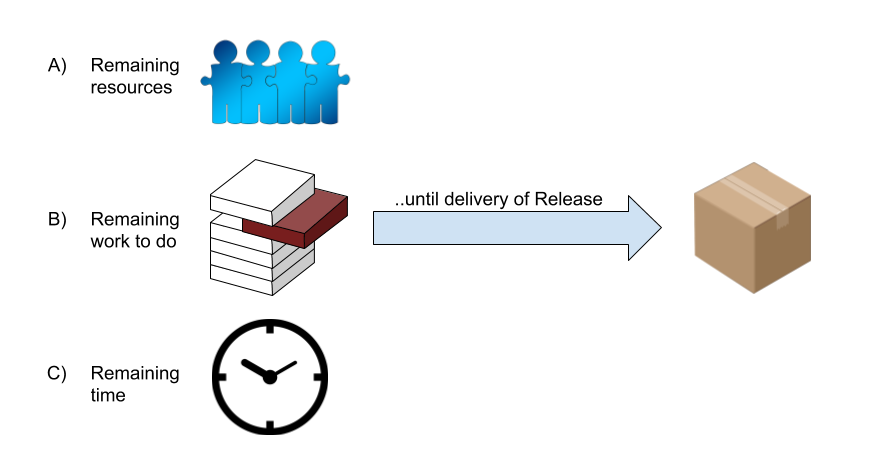Implement digital agile innovations in the long term
Our expert Jürg Stuker will give you a summary of an exciting presentation
How do I get the great things I have achieved into business in the long term? In other words: What is the prerequisite for digital innovation to succeed in the long term? Prof. Dr. Jan Marco Leimeister from the Institute for Information Systems at the University of St. Gallen starts with the "Take Aways":
1. unique pilots lead to frustration and decreasing motivation
2. In order to secure agile innovation processes in the long term, deeper organizational interventions are necessary.
3. reference processes help to align all participants
4. suitable organisational concepts ensure the successful
application in the long term.

Leimeister shows a study by Komus and Koberg with the title "Survey among executives after conducting isolated pilots" (2015). The survey asked before and after the project how well agile innovation methods affect the dimensions of performance, transparency, efficiency and employee motivation. What is exciting is that employee motivation in particular is rated worst after the project compared to the other dimensions. And how can this be prevented? Or formulated as a research question: "Which measures help us to stabilize agile innovation processes?
Challenge 1 is to prevent problems in the application of agile innovation methods. These are typically the following:
- Lack of orientation and excessive demands when applying the methods
- Lack of sense of responsibility and insufficient stakeholder integration
- Insufficient transparency and incompatibility with existing decision-making patterns
According to Leimeister, it is helpful to address these problems via a reference process that (systematically) ascertains customer needs, explicitly defines a value proposition and validates it by means of prototypes. Only then does the development of the business model and IT testing follow.
Challenge 2 is to ensure a sustainable harvest. Negative effects are an inadequate strategic alignment, insufficient dovetailing with specialist departments and insufficient buy-in from relevant stakeholders. The solution from Leimeister's point of view is organizational agility. Only in this way can constant innovation be established.
According to him, an "intrapreneurship accelerator" is as promising as a start-up in a "greenhouse" or a dedicated workspace in which employees work together according to predefined reference processes. And all of this with personal freedom, a high-ranking "sponsor", the necessary technical infrastructure and the assurance of transfer to specialist departments through predefined templates and clear decision-making rules.
And then back to the "Take Aways" at the beginning. And it's a pity that I'm not allowed to publish pictures from the presentation in such a dense topic.












